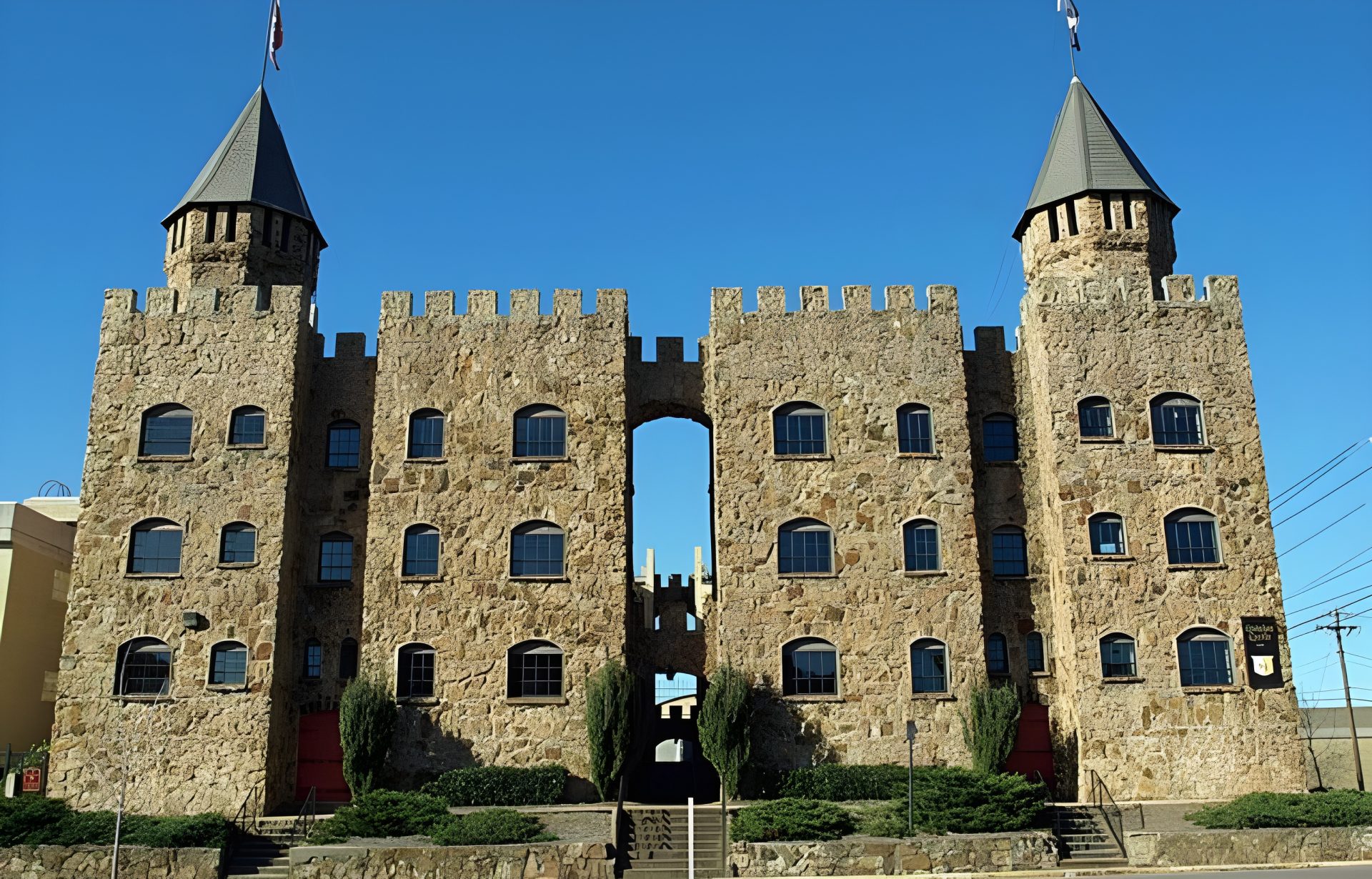
Located in the heart of Birmingham, Alabama, Quinlan Castle was a showstopper. Opened in 1927 and modeled after the castles of Europe, it was an apartment complex fit for a king. Sadly, by the beginning of the 21st century, it sat vacant and, today, has been demolished, with plans in place to replace it with a new scientific research building.
Construction of Quinlan Castle
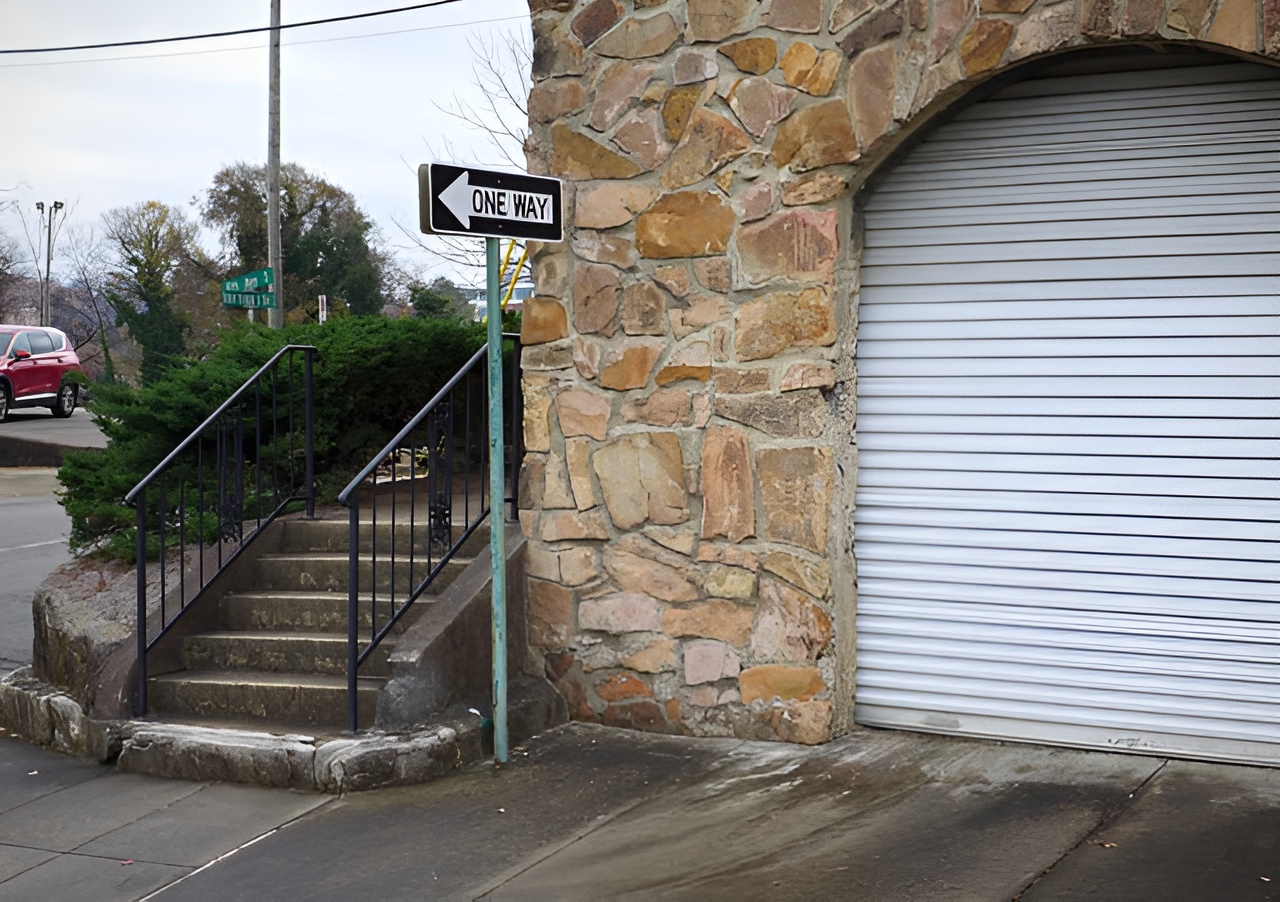
Quinlan Castle was conceived and constructed by two unnamed brothers who’d served in the First World War. While in Europe, they became fascinated with the castles they saw and wanted to recreate that style in America.
The castle featured two towers, which were home to two small, black cannons that could be seen from the street. The windows were topped with arches, with a battlement topping each wall, and tall, round turrets in each corner. It also had red doors, which not only stood out for their color, but for the fact that they had no handles.
A headquarters for Communism?
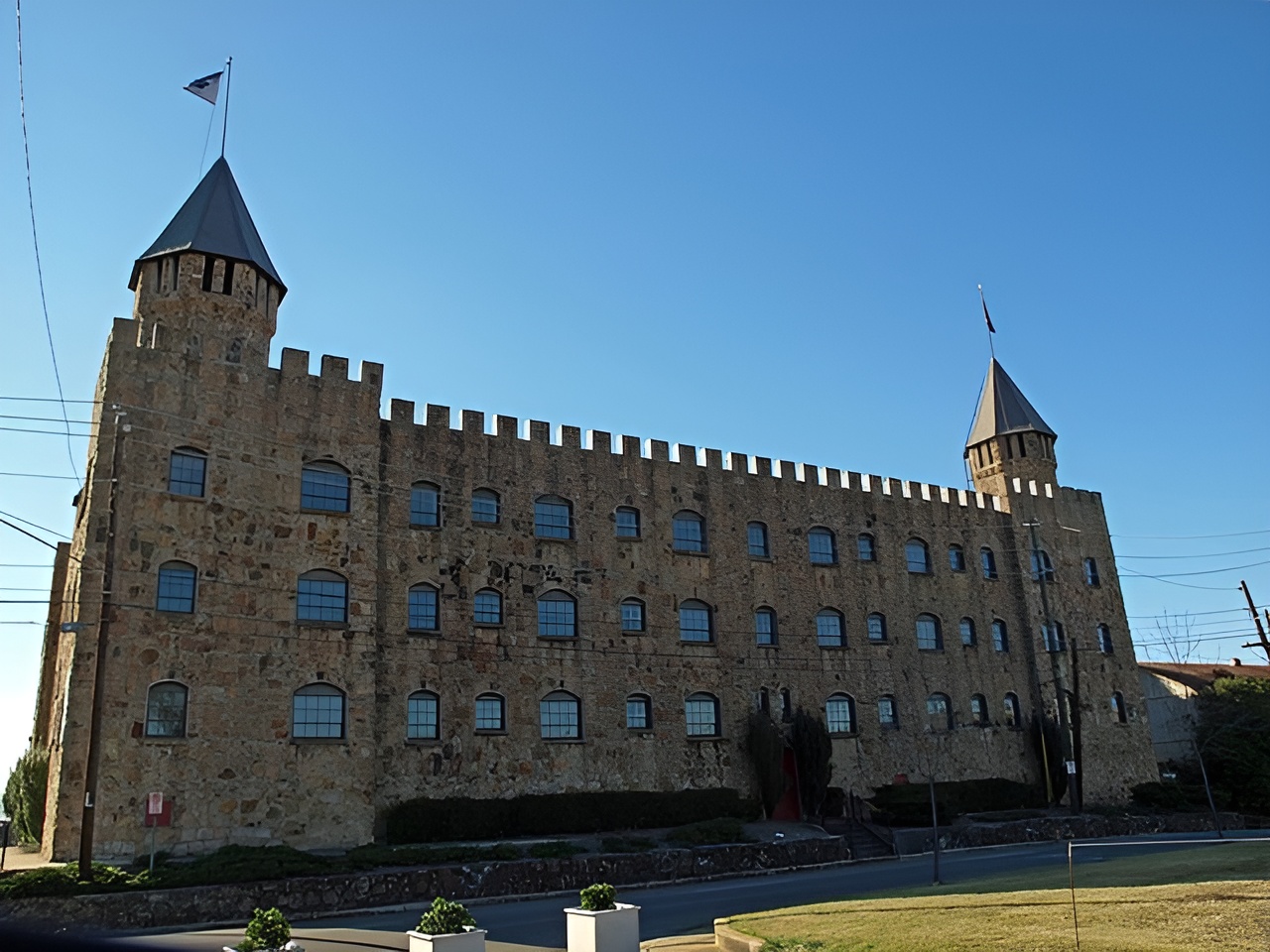
Quinlan Castle opened on August 20, 1927, as a middle-income apartment complex with 72 one-bedroom units in two four-story buildings. Its first decade or so saw the property change hands, due to financial hardships caused by the Great Depression, and its issues only continued into the Second World War.
During this time, it was believed Quinlan Castle was serving as the headquarters for the Communist Party of Alabama. This led Birmingham police to stage a raid on the property, who found no evidence of such activity. To sidestep the negative publicity, the castle was renamed the Royal Arms Apartments, with its slogan being, “Living quarters fit for a king.”
In 1984, the property was added to the National Register of Historic Places. At the time, it was operating as both a hotel and apartment complex, and its quality had deteriorated greatly. The rooms were dingy, with water damage visible on the ceiling and walls. As well, both buildings featured poor lighting.
Ownership was transferred to the city of Birmingham
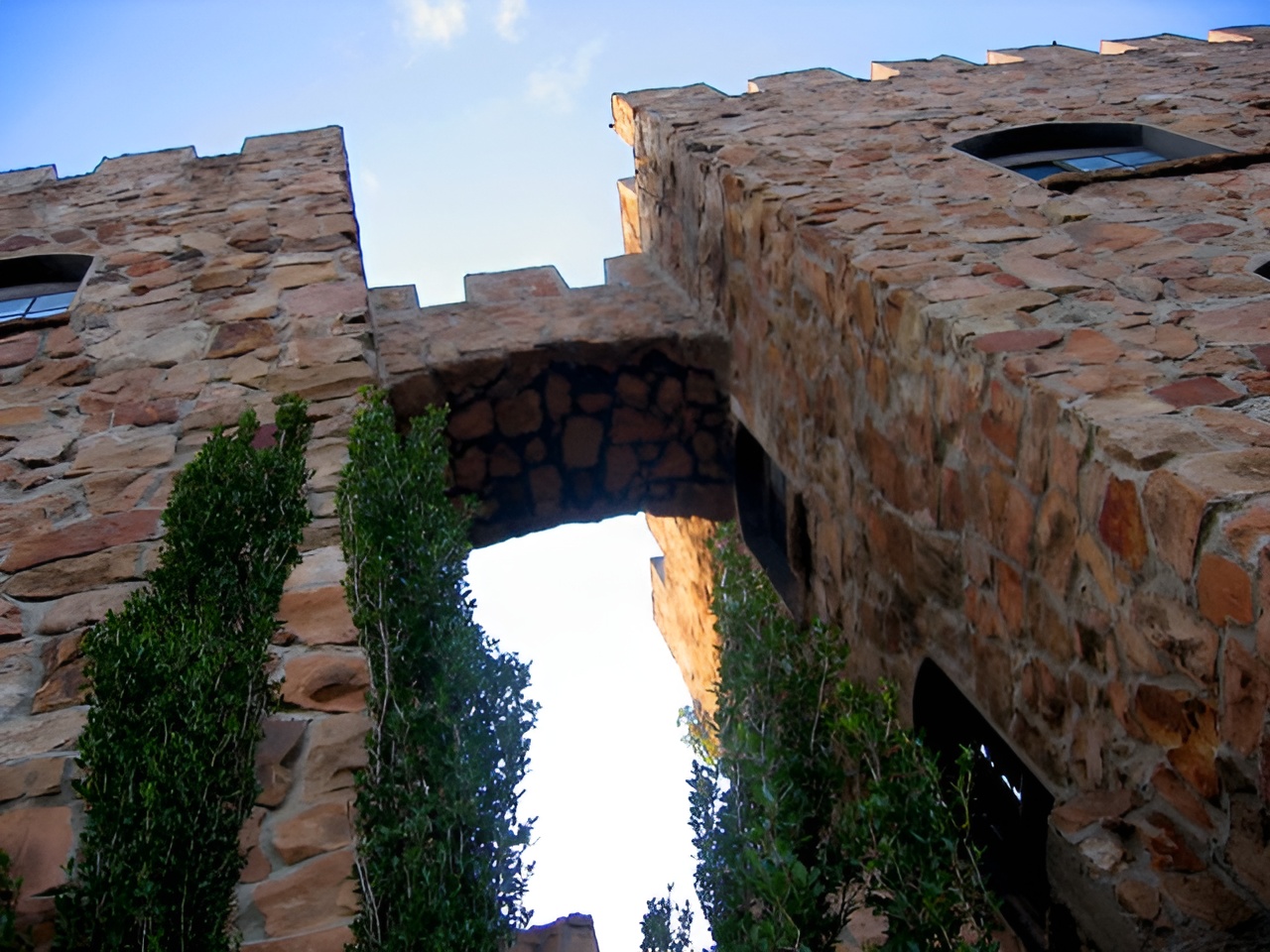
In 1993, ownership of Quinlan Castle was given to the city of Birmingham, which had the property cleaned and refurbished. Despite the efforts to update it, however, the castle became vacant around the mid-to-late 1990s. The public was barred from setting foot on the premises, with a black fence erected around half of the property.
There were a number of proposals made to transform Quinlan Castle into something new. This included student dormitories, short-term housing for medical patients and their families, luxury apartments and condos. An elementary school class even wrote to the local newspaper, offering their own suggestions.
Unfortunately, the city declined all of these proposals, and the property sat vacant for a number of years.
Quinlan Castle is demolished
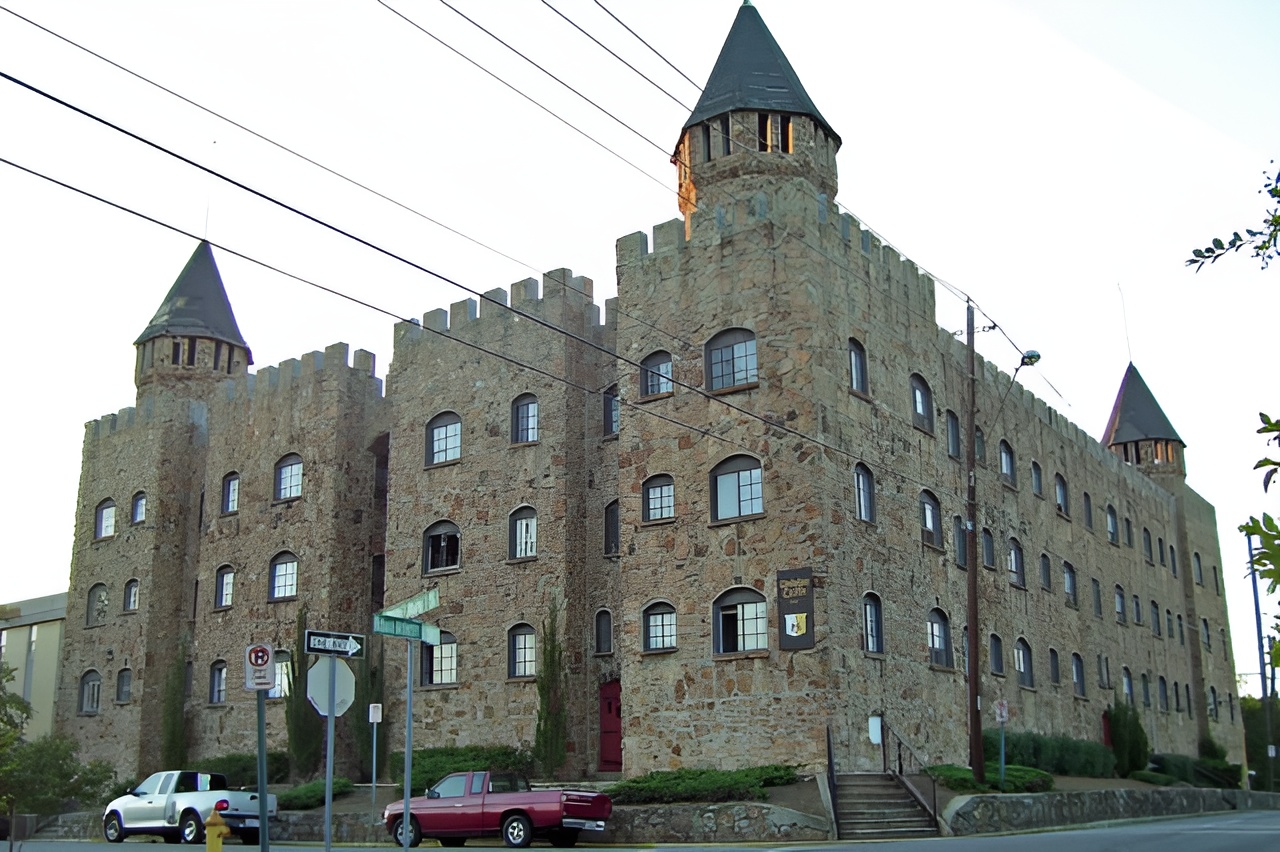
In 2008, Southern Research was given permission to purchase Quinlan Castle from the city of Birmingham for $400,000. Their aim was to install new research laboratories on the premises, but a review of the property found the stairwells, structural beams, columns, walls, floors and roof were corroded. As well, there were remnants of asbestos and lead found, as well as exposed rebar.
